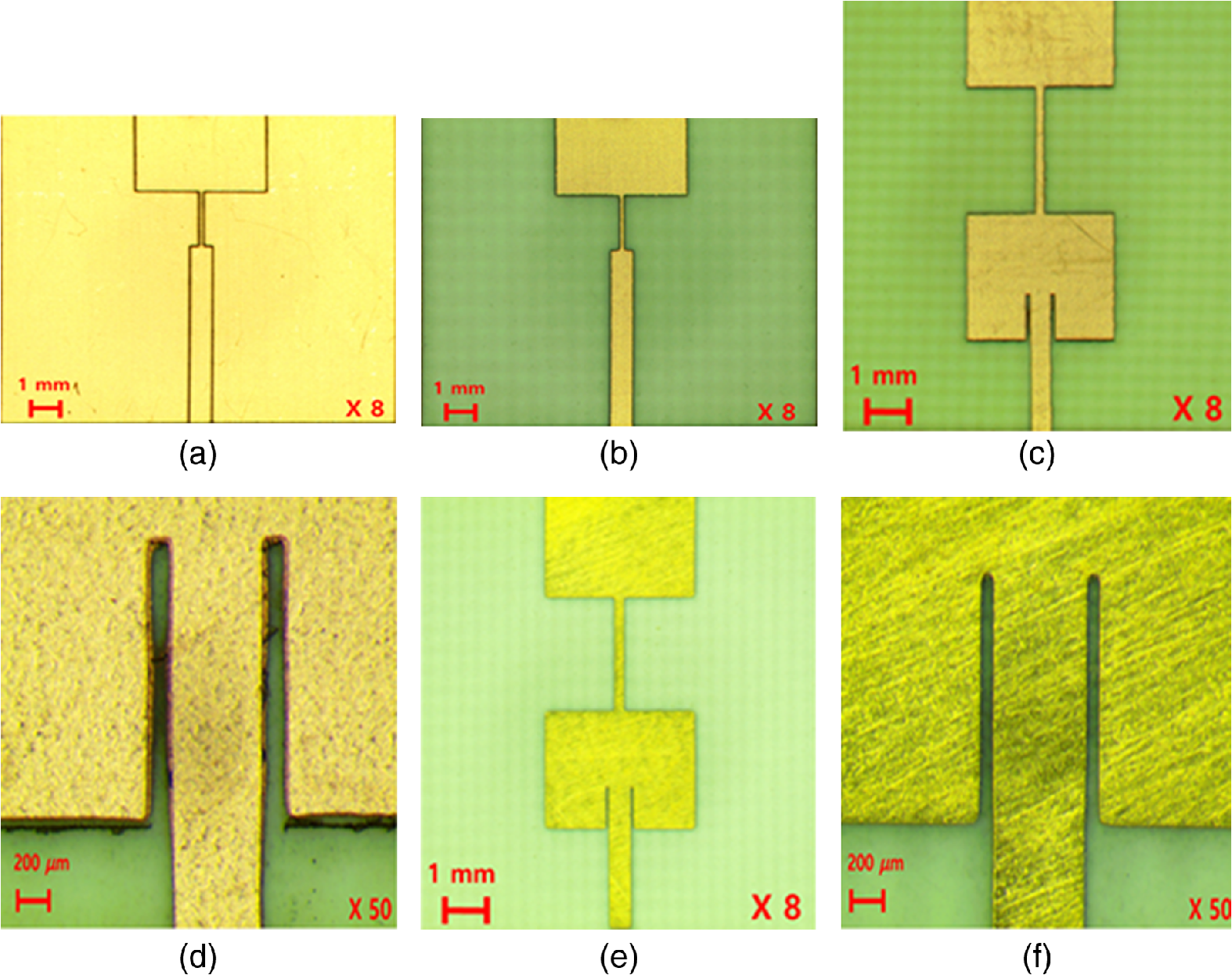Slot Patch Antenna Design
Design Ideas for Printed and Microstrip Antennas
Note:

Slot Patch Antenna Designs
Many of the antennas presented below relate to areas in which a wide variety of patents have been granted.
A design and simulation of circular shaped microstrip antennas using slot, slit geometries for wireless communication is proposed. Using this design more than 50% impedance bandwidth is obtained. The antennas are fed by coaxial probe method. This paper presents the simulated results of antennas return loss parameters, gain, directivity and efficiency.

It should not be assumed that because a technique or physical structure is described here it is free of patents or other commercial Intellectual Property.
- Antenna Design The dimensions of the rectangular patch with T-slot antenna is 108 X 52 mm2. The height (h) of air substrate between patch and ground plane is 7 mm. The dimension of the T-slot is as shown in the Figs.
- ANTENNA DESIGN AND ITS EQUIVALENT CIRCUIT The geometry of the proposed microstrip line feed slot-loaded antenna is shown in Figure 1. The proposed antenna consists of microstrip line feeding, notches, and it is loaded with two parallel slots. The design speciflcation of antenna is given in the Table 1.
- Patch antennas incorporating a U-shaped slot are well-known to have relatively large (about 30%) impedance bandwidths. This work uses characteristic mode analysis (CMA) to explain the impedance behavior of a classic U-slot patch geometry in terms of coupled mode theory and shows the relevant modes are in-phase and anti-phase coupled modes whose resonant frequencies are governed by coupled mode.
They are presented here only for information and educational purposes.
-Ground Plane Effect on Printed Antennas
-Planar Antennas Selection Chart
-Basic Microstrip Antenna Shapes
Circular Patch Antenna Design
-Basic Printed Slot Antennas with Feed Structures
Patch Antenna Design
-Comparison of Microstrip Patch and Slot Antennas